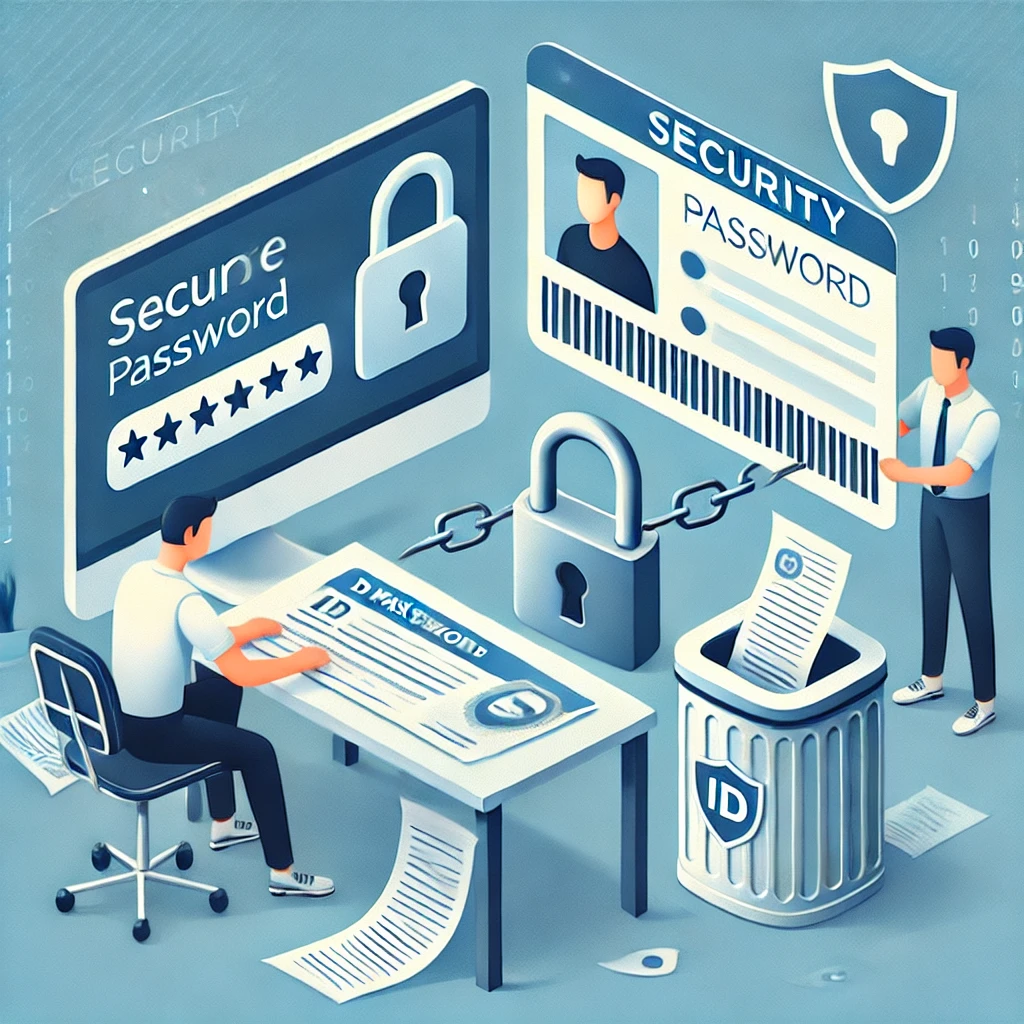Why a Human Firewall?
The term “Human Firewall” highlights that, beyond technological barriers and encrypted networks, the first and most crucial line of defense is the people themselves. Your vigilance and awareness can stop cybercriminals in their tracks, often before they even get close to more sophisticated security measures.
- A Human Firewall is someone who is proactive, suspicious of unsolicited requests, and knowledgeable about common cyber threats.
- By training yourself to stay alert, verify information, and follow best practices, you become harder to trick, and less likely to expose sensitive information.
The 5 Most Common Threats We Face
While there are many types of cyber threats out there, these five are among the most common and dangerous at both personal and corporate levels:
- Phishing Attacks
- What it is: Cybercriminals pose as reputable sources (banks, social networks, or even colleagues) to trick you into revealing personal information.
- How to spot it: Check the email address carefully, look for spelling errors, and be skeptical of urgent calls to action.
- How to protect yourself: Never click links or download attachments from suspicious emails. When in doubt, verify the sender through another channel (e.g., calling the official number).
- Social Engineering
- What it is: Manipulative tactics designed to exploit trust or human error. Criminals might pretend to be tech support or a colleague, aiming to get you to divulge passwords or data.
- How to spot it: Unusual requests, a sense of urgency, or requests for confidential information.
- How to protect yourself: Confirm identities through a separate method (like a direct phone call). Always question unexpected requests and remember it’s okay to say “no” if something feels off.
- Identity Theft
- What it is: Stealing personal information like your name, address, Social Security Number (or equivalent), credit card details, etc. to impersonate you for fraud.
- How to spot it: Unexplained bank charges, missing mail, unfamiliar accounts opened in your name.
- How to protect yourself: Shred any physical documents with personal data before discarding them, use complex passwords, and enable multi-factor authentication where possible.
- Malware and Ransomware
- What it is: Malicious software designed to damage, disrupt, or gain unauthorized access to your systems. Ransomware encrypts your files and demands payment to release them.
- How to spot it: Slowed device performance, unexpected pop-ups, or a locked screen demanding payment.
- How to protect yourself: Keep your software and operating system up to date, avoid downloading files from unknown sources, and use reputable antivirus or anti-malware tools.
- Physical Security Threats
- What it is: Even in a digital age, criminals can still access sensitive information from unlocked computers, stolen devices, or improperly disposed documents.
- How to spot it: Unattended workstations, people tailgating into secure areas, important papers left on desks.
- How to protect yourself: Lock your computer when stepping away, store sensitive documents in secure locations, and ensure you properly dispose of or shred physical records.

Essential Skills to Develop
Becoming a Human Firewall involves mastering a range of skills and habits:
- Vigilance and Skepticism
- Always question unexpected emails, messages, or calls. If something seems “off,” trust your instincts.
- Verification Techniques
- Double-check any unusual requests via a separate communication channel. For instance, if your “boss” emails you asking for urgent help, call or message them directly to confirm.
- Basic Tech Literacy
- Familiarize yourself with common cyber threats and how they operate. Understand how to update your software and how to perform basic security checks.
- Password Hygiene
- Use long, complex passwords or passphrases. Avoid reusing the same password across multiple platforms, and whenever possible, enable multi-factor authentication (MFA).
- Physical Security Awareness
- Lock your devices when away. Keep sensitive documents in locked cabinets or shred them when no longer needed.
Best Practices to Live By
- Use Common Sense
- If an offer seems too good to be true, it probably is. Legitimate organizations won’t ask for sensitive information via unsecured methods.
- Protect Physical Documents
- Store personal documents in a secure location. When disposing of them, shred anything that contains personal or corporate information.
- Lock Your Devices
- Whether it’s your smartphone, laptop, or workstation, always lock them or log out when you step away, even for a short break.
- Stay Informed
- Cyber threats evolve quickly. Keep up to date with the latest security news, follow trusted cybersecurity blogs or newsletters.
- Encourage a Secure Culture
- In a corporate setting, share tips with coworkers, hold informal training sessions, and make sure everyone understands that security is everyone’s responsibility.

Conclusion
Becoming a Human Firewall is about more than just technology—it’s about cultivating a mindset of vigilance, skepticism, and responsibility. By understanding the threats you face, learning the skills to thwart them, and consistently applying best practices, you not only safeguard your personal data but also contribute to a safer environment for your workplace and your community. Remember: security is everyone’s business, and it starts with you.





